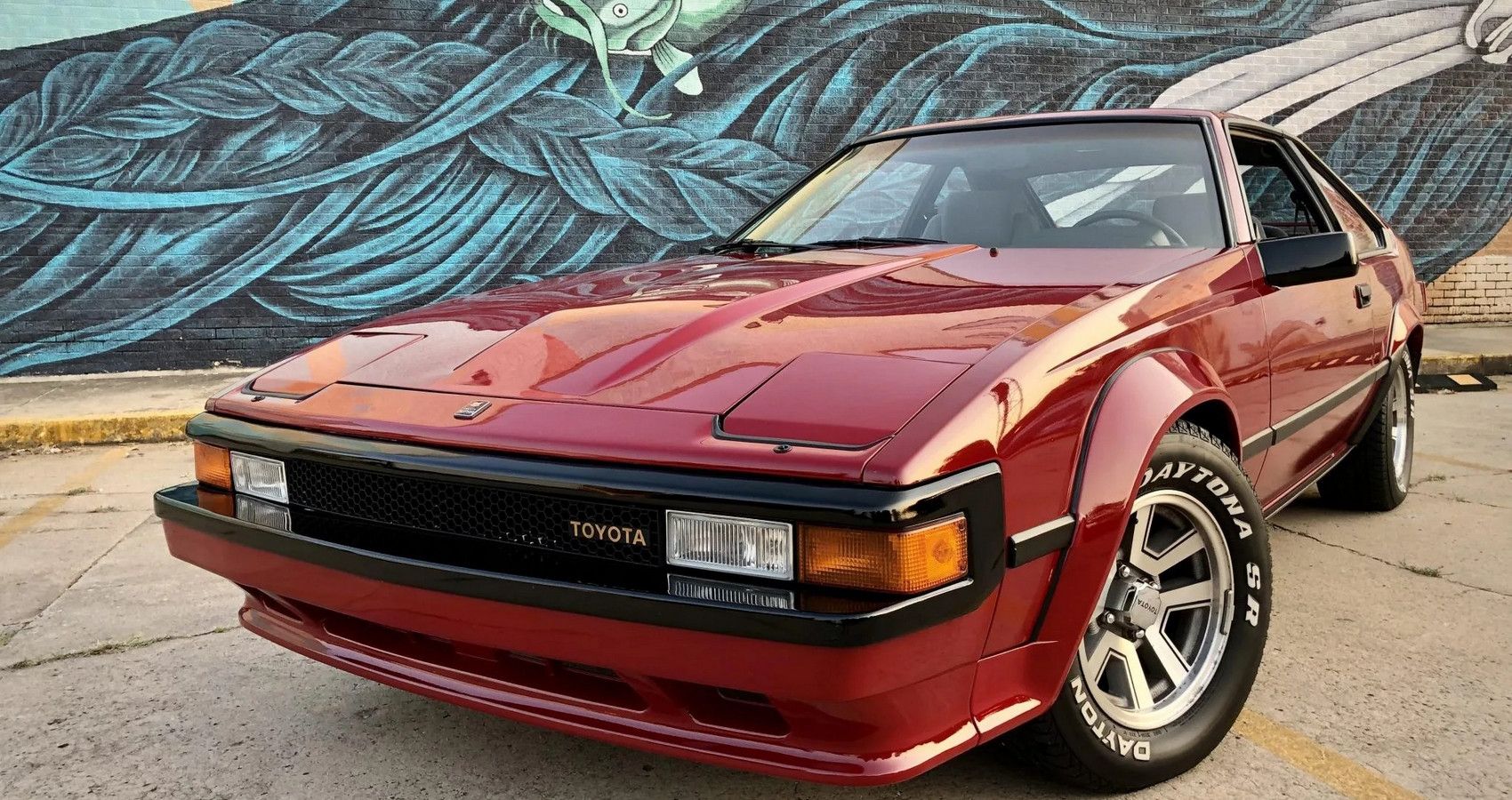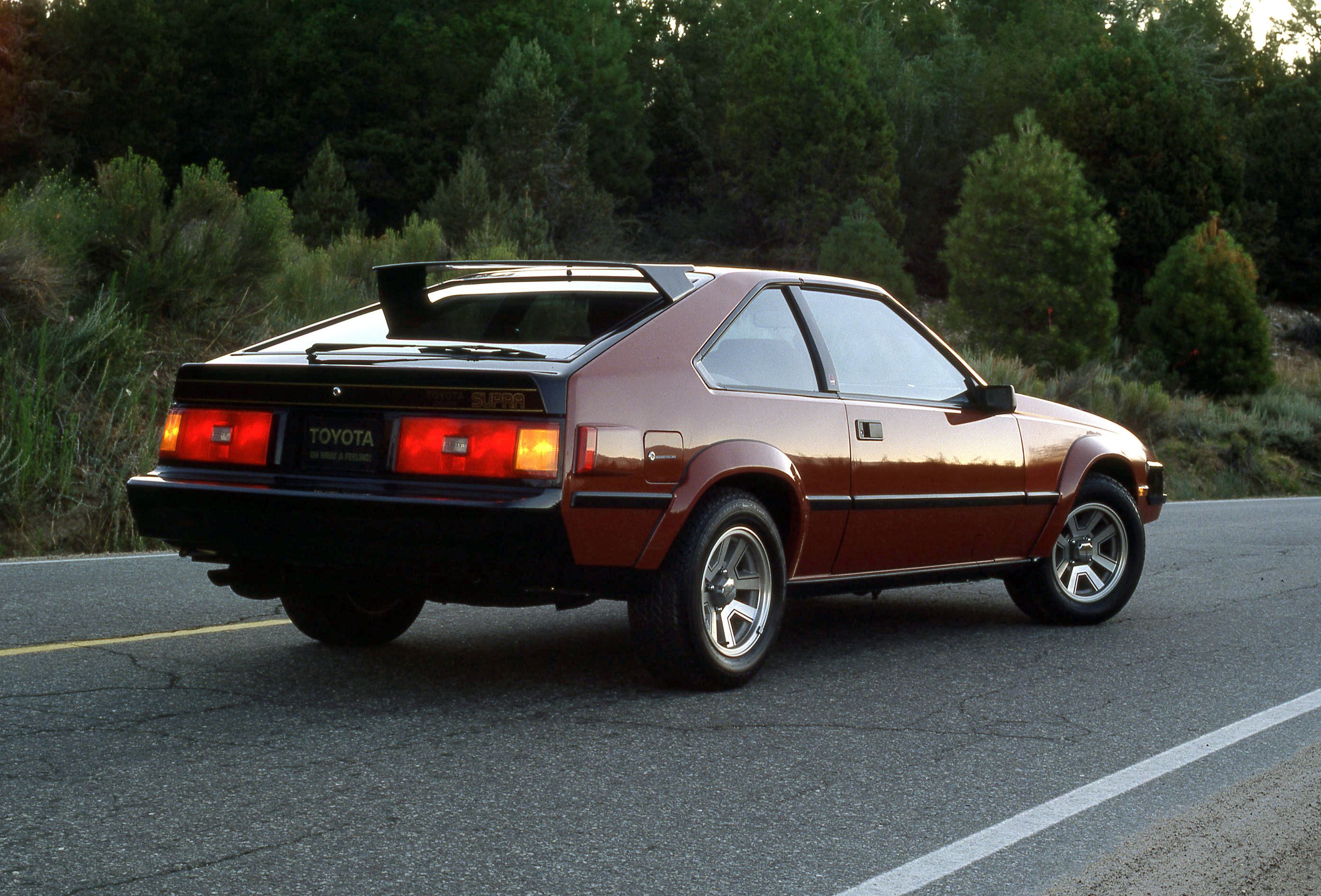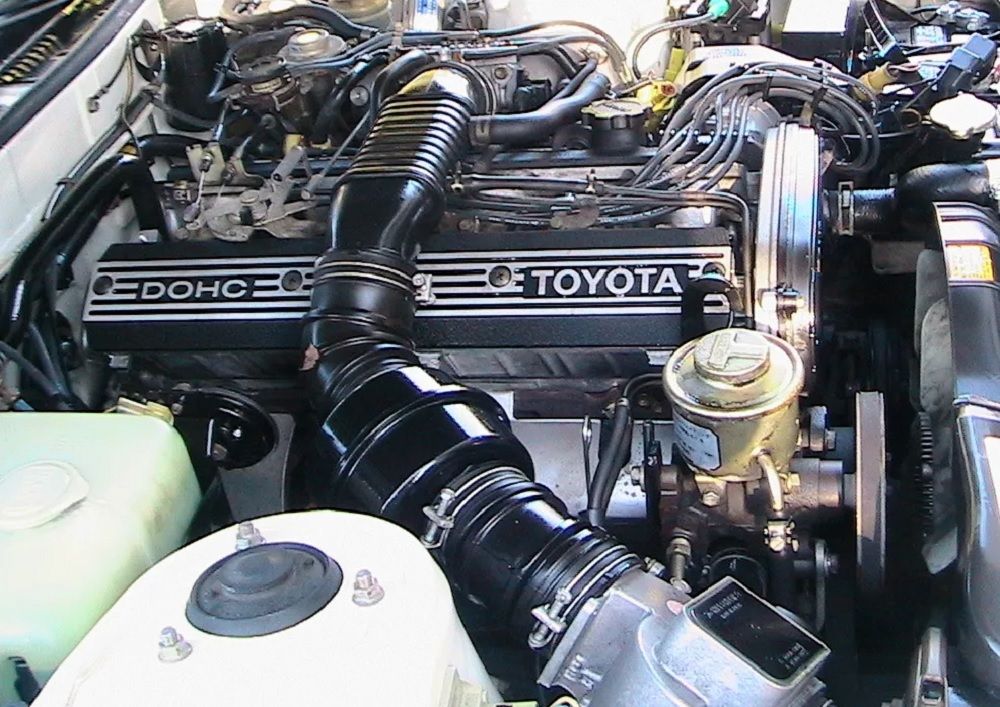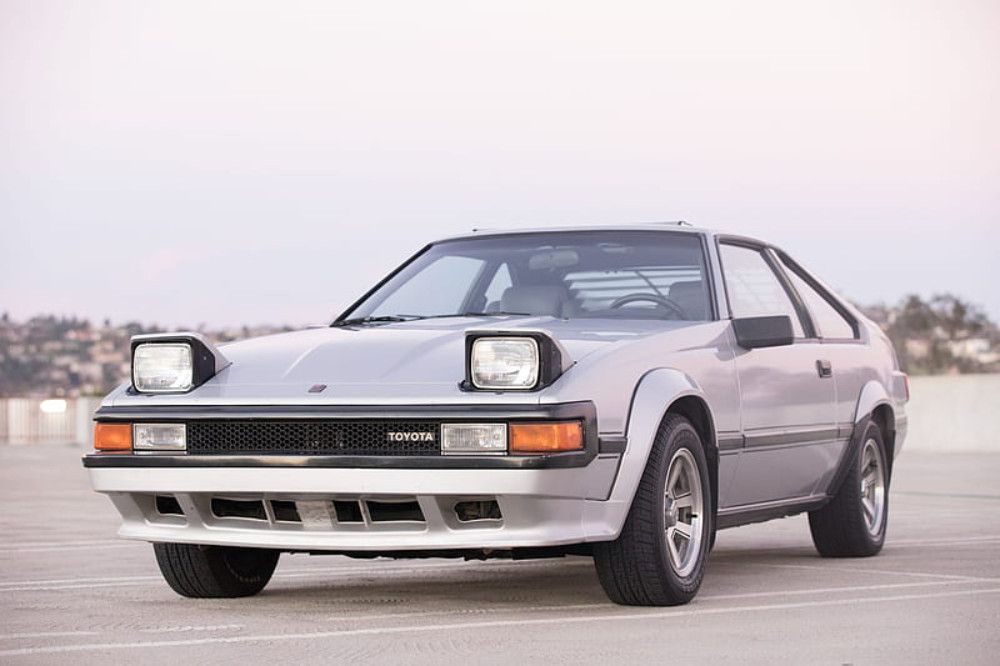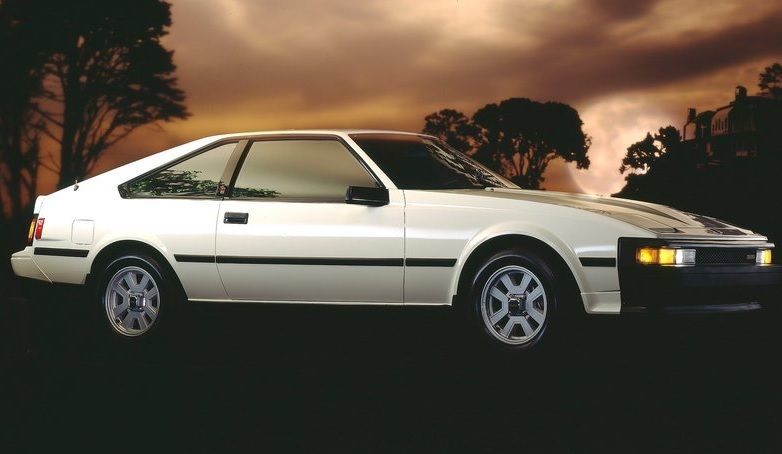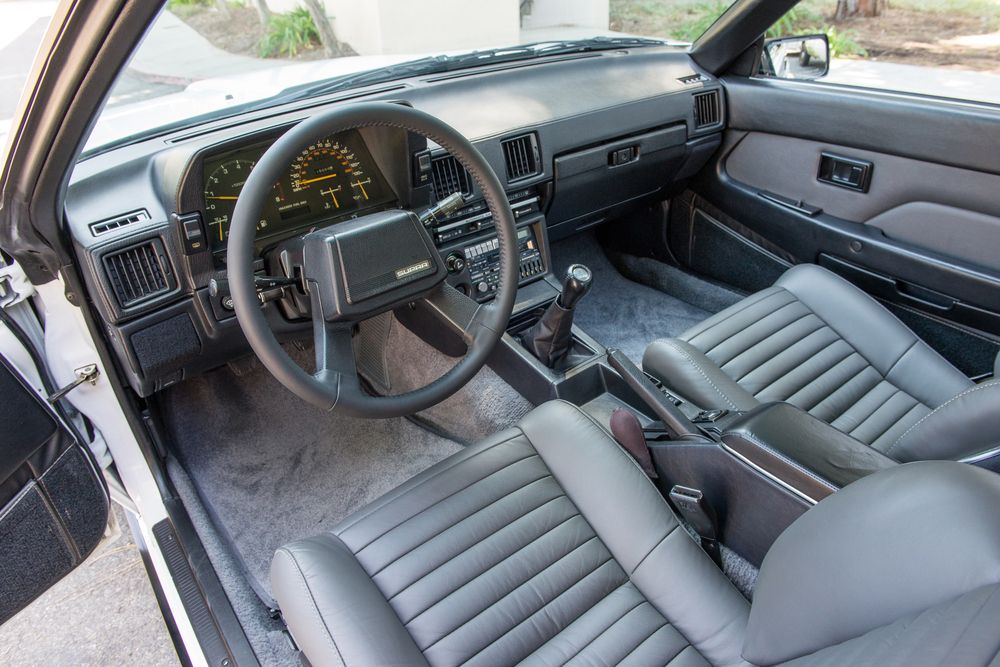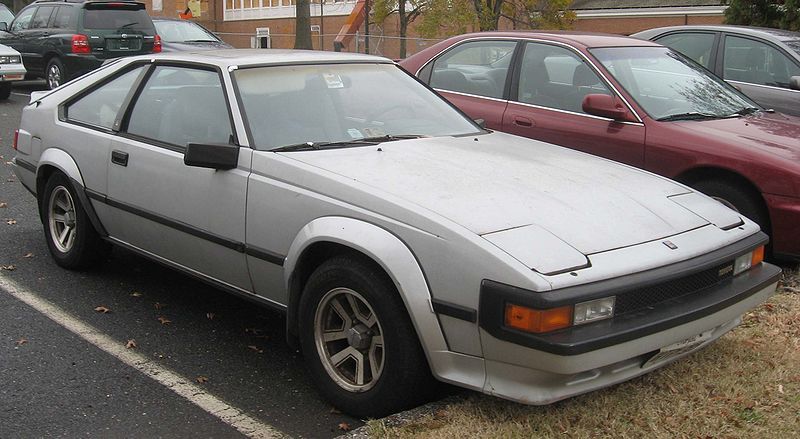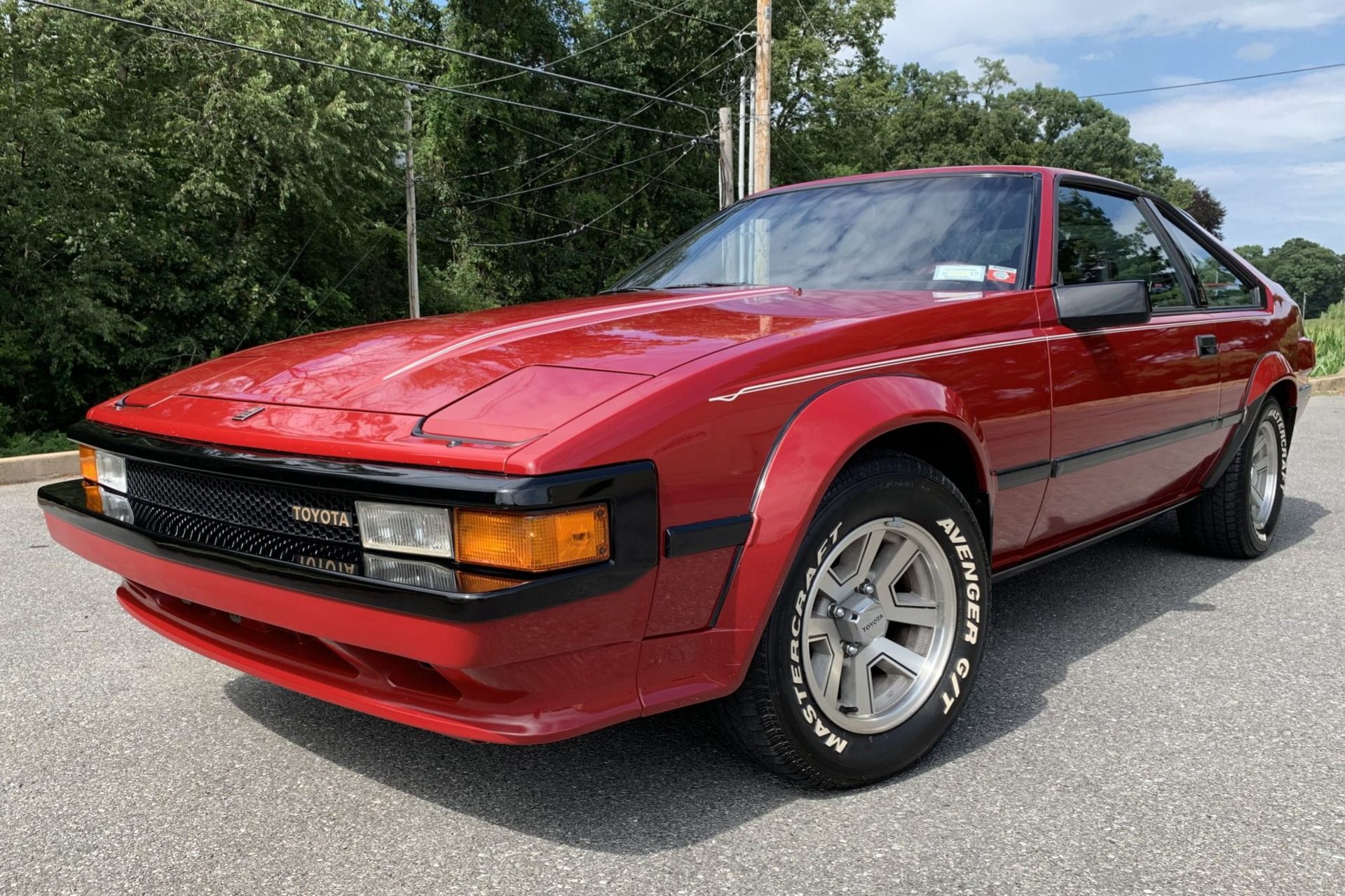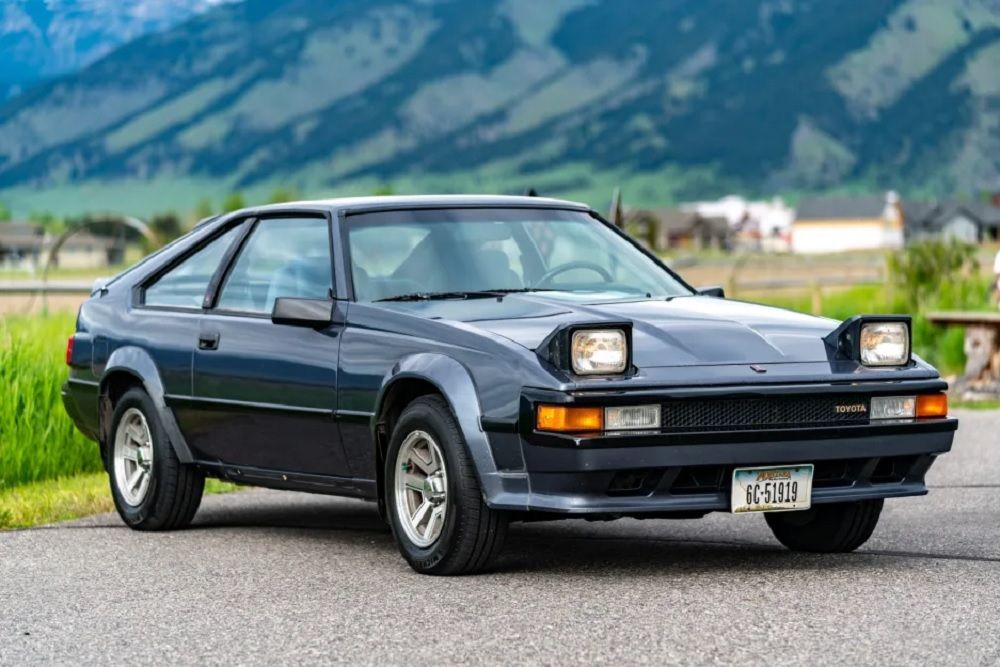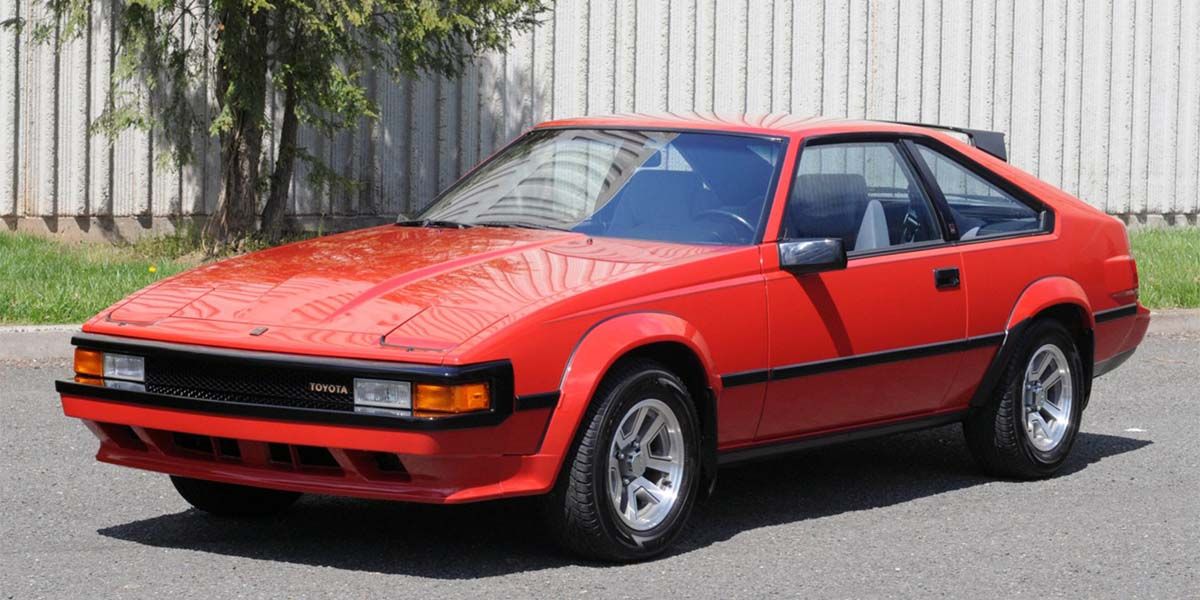It is seriously impossible to find someone who doesn't know about the Toyota Supra. It is the quintessential JDM car and even people who are not into cars might've heard of the Supra as its reputation precedes itself. However, when everyone hears Supra, it is the MK4 Supra that rushes into our minds followed by the GR Supra and the MK3 Supra. Rarely does the 1983 MK2 Toyota Supra come into our minds as it is overshadowed by its RWD predecessors which were serious performance cars.
The humble 1983 is often a forgotten generation in the Supra lineup. So, here are 10 things you forgot about the 1983 Toyota Supra MK2:
10 The 1983 Supra Was Called The Toyota Celica Supra
If it wasn't for the humble front-wheel drive Toyota Celica, there wouldn't have been a Supra. Yes, the first two generations of the Supra were based on the smaller Celica and hence they were called Celica Supra. It was only in its third iteration the Supra dropped the Celica name and gained a rear-wheel drive chassis and layout for good measure.
9 The 1983 Toyota Supra's 2.8-liter 5M-GE Engine Was Potent
Although the 1983 Toyota Supra came with different engines, it was the 2.8-liter 5M-GE inline-six engine that stood out. This engine developed a healthy 160hp and 170 lb-ft helping the Supra reach 60mph in 8.4 seconds. Another little-known fact is that this engine was loosely based on the Toyota 2000GT's 2.0-liter inline-six engine. For the 1983 Supra, Toyota also updated the engine with electronic control for the ignition system and distributor.
8 The 1983 Toyota Supra Had Pop Up Headlights
The second-generation Toyota Celica Supra is the first model to feature sub-zero cool pop-up headlights. An iconic design feature of cars from the 80s, pop-up headlights are the coolest design feature of any car and there have been various iterations of the same. The Chevrolet Corvette C5 was the last car to offer these headlights.
7 The 1983 Toyota Supra Featured Suspension That Was Tuned By Lotus
Back in the day, Toyota owned some stake in Lotus. As a result, the chassis and suspension tuning of the MK2 Supra was done by Lotus. While the Celica used a live rear axle. Toyota gave the Supra a new suspension setup which was also an independent unit. The 1983 Supra had a balanced chassis despite some understeer from the heavy front-engined front-wheel drive setup, thanks to Lotus.
6 The Interior Of The 1983 Supra Was Luxurious
The second-generation Toyota Supra was a major step up over its predecessor when it came to cabin quality and design. The cabin was luxurious for a sports car from the early 80s. Toyota covered all the basics including powered windows, locks, and even a digital dashboard. Furthermore, it also got 8-way adjustable seats, a leather cabin, and even a defogger for the ORVMs.
5 The 1983 Toyota Supra Looked Like A Muscle Car From Japan
The 1983 Toyota Supra was a 2-door fastback with boxy styling and flared wheel arches that resembled muscle cars of that era. Toyota made sure the Supra had the visual appeal to stand out from its rivals and hence gave it updated bumpers, a massive roof-mounted spoiler, fiberglass fender flares, pop-up headlights, wraparound indicators, and the billboard "Supra" decal on the rear boot lid.
4 Toyota Offered Different Versions Of The Celica Supra
Toyota offered the 1983 Supra in two versions: P-Type and L-Type. As the name suggests, the former is the performance variant which also featured the sportier visual appeal with the fender flares, body trims, and different wheels, while the latter is the luxurious variant. The L-Type came with a luxurious cabin with leather upholstery and missed out on an LSD which the P-Type got. The other major distinction is that the P-Type was offered with a manual gearbox while the L-Type came with an automatic option.
3 The 1983 Toyota Supra Was A Reliable Sports Car
The 5M-GE straight-six motor was bulletproof, and it could easily last over 300,000 miles with the right care. Just like any Toyota from that era, the Supra was built well and is a sports car from the 80s that could easily stand the test of time. Some concerns of the 1983 Supra are some leaky gaskets which are an easy fix and a problem that was reserved for cars with high mileage.
2 The 1983 Toyota Celica Supra Altered Toyota's Image In America
Toyota, even today is known for its geriatric cars. However, back in the 80s, the story was the same, and Japanese brands were known for making reliable econoboxes that lacked soul. The second-generation Supra was an important product for Toyota as it showed that the Japanese brand can make exciting cars. Between 1982 and 1985, Toyota sold over 114,000 Supras making it a popular sports car of its time.
1 The 1983 Toyota Supra Is A Cheap Ticket To The Supra Family
Despite being a front-wheel drive, the second-generation Supra is a fun-to-drive sports car. In this day and age where the MK3 and MK4 Supra prices are skyrocketing, the MK2 Supra is one of the cheapest tickets to the Supra club. With average used prices hovering around $19,592, the A60 second-generation Toyota Supra is still in the affordable club, but it might not remain there for a long time.

